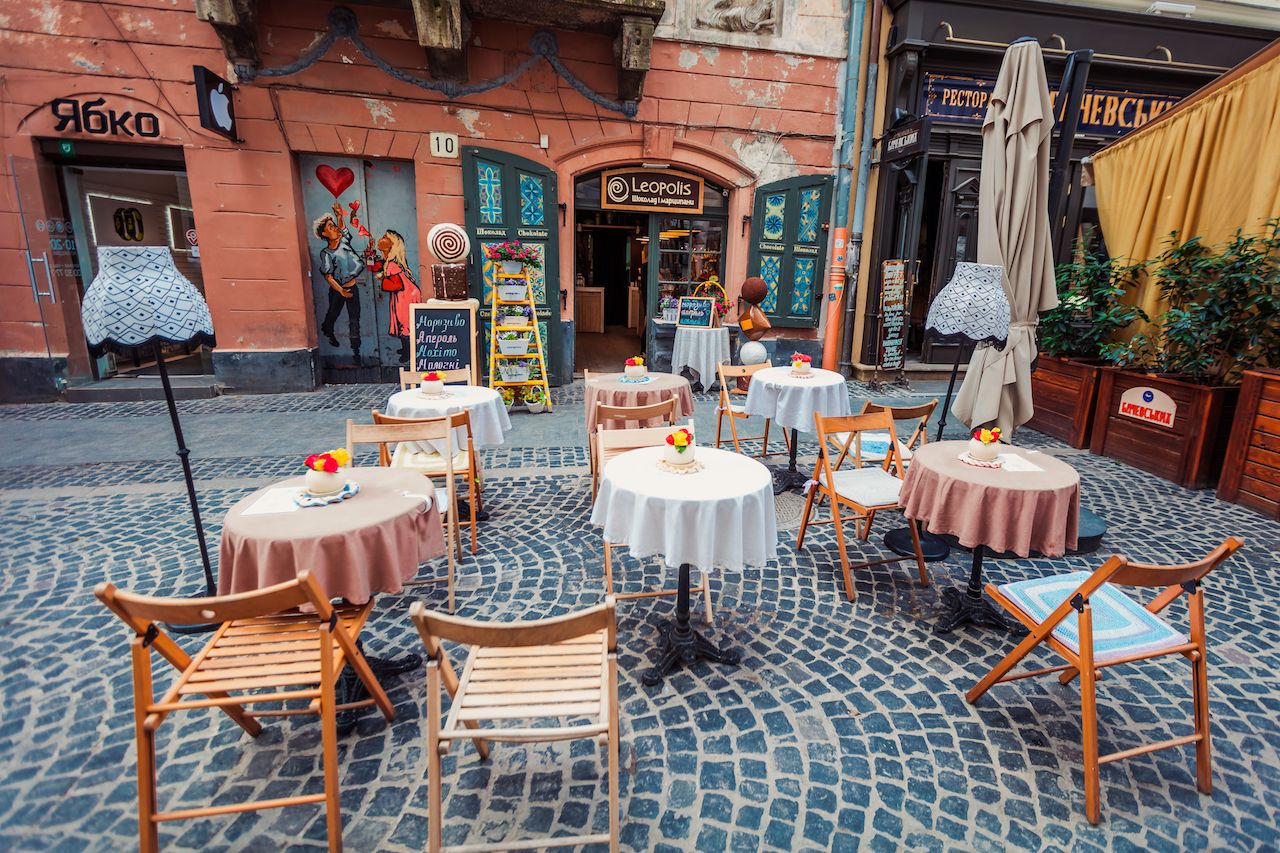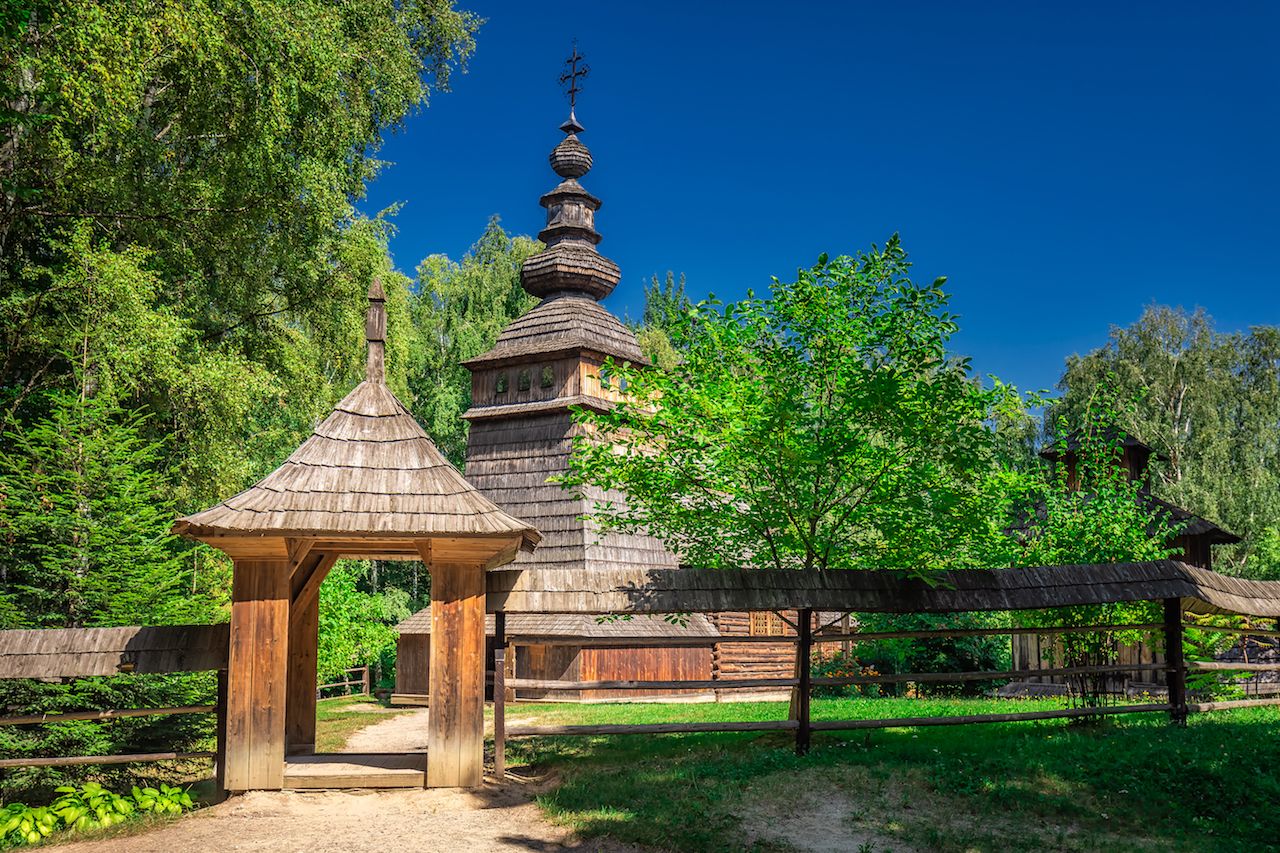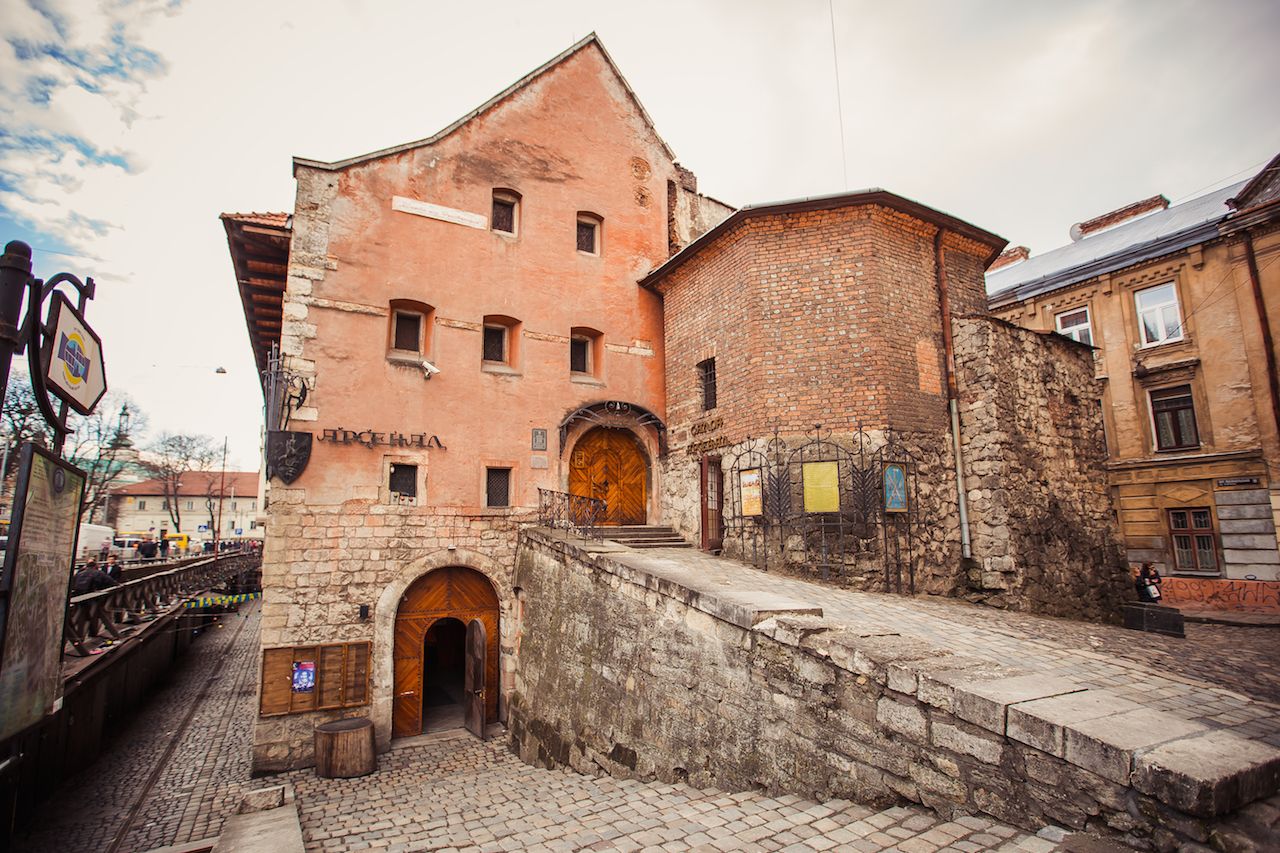If you’re visiting Ukraine, you likely have Kiev and Odessa high on your list of places to see. Likely, they’re the only stops you plan to make in this Eastern European nation. But to find the true heart of Ukraine, you’ll need to venture away from the Russian influence expected of most post-Soviet cities and into the western borderlands. Here you’ll find the city of Lviv, with its well-preserved town center, bustling coffeehouses and restaurants, and rich history rivaling more popular European destinations like Prague and Vienna.
Lviv gives its visitors the best of both worlds, delivering cultural experiences typical of big-name Western European cities at Eastern European prices. Plus, the city is a world apart from the unrest around the nation’s Eastern border. Here are seven reasons why Lviv, Ukraine, should be your next Euro city trip.







